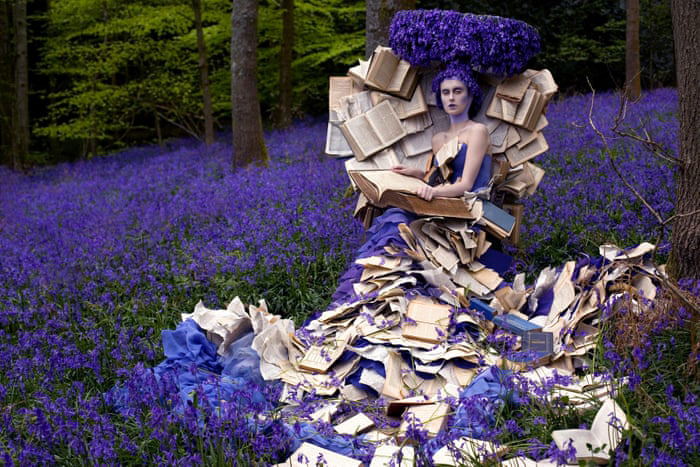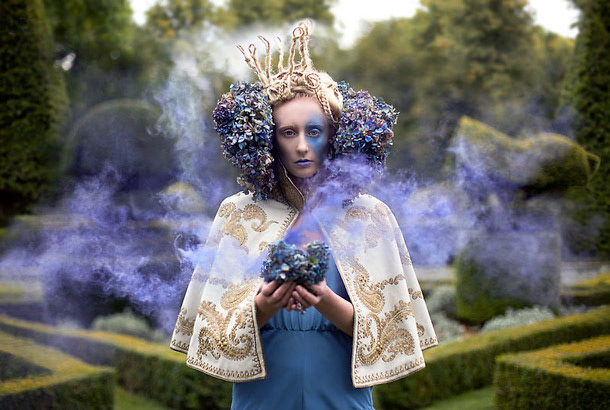In today’s lecture, we reviewed the topic of originality and whether it is possible to be original in the art world in the age that we are living in. Many of our ideas are influenced by something, the most common area of which that is found is in our culture. The production of culture, also known as the culture industry is the media, movies, books and anything that we may see that brings forward ideologies and philosophies. This content is often made for our entertainment and is relevant to the culture and ideas of the world that we live by in our day to day lives. Some may argue that the practice of mass production of culture and media is a tool to brainwash the population, to indoctrinate and contribute to the system.
What makes something original?
Does true originality still exist and, if so, what does it look like?
“It is better to fail in originality than to succeed in imitation” Herman Melville.
Some of the factors for something to be original include;
Presenting a major piece of new information in writing for the first time.
Developing a new research tool or technique.
Carrying out empirical work that has not been done before.
Producing a critical analysis of something that has not been done before.
“The Culture of Copy” is a book written by Hillel Schwartz and attempts to make sense of how the Western world is fascinated with replicas, duplicates and twins. “An object uncopied is under perpetual siege, valued less for itself than for the struggle to prevent it’s being copied. The more adept the West has become at the making of copies, the more we have exalted uniqueness. It is within the exuberant world of copies that we arrive at our experiences of originality”
A commonplace we see these adaptations is in the movie world. The star wars franchise is a good example, where similar stories are being recreated in the newest movies. This is done for the new audience that is watching and may not have been introduced to it before.
I think that in photography original ideas are often hard to come by. So many people have cameras and are using the medium of picture making to tell their stories. Quite often work is inspired by other forms of art, fiction and narrative that an artist wants to create their own spin interpretation of.
Kirsty Mitchell




I love the work of Kirsty Mitchell and the way her creations are made. A truly creative process from making the costumes and props and turning her models and locations into fantasy stories. Some people may say that her work has an Alice in Wonderland-style/ imitation to her photographs as they take the viewer into a wonderland of imagination. However, when Mitchell writes about her work she explains where her inspiration comes from and how it can be seen as original.
She writes “None of the pictures were a recreation of a story that has already existed, to me that felt empty and pointless. Instead, it was a blur of colours and settings inspired by the faded illustrations of my childhood books, mixed up with memories, grief, and my new found a spiritual connection with nature.” This project was completed in response to the grief that Mitchell felt after her mother had passed and reconnected her with childhood narratives that her mother once read to her. The images expose Mitchell’s imagination and visions of another world. One that was inspired by many factors and was not driven by one inspiration. This collection of ideas start to make the world original. The narrative and motive behind the project is most probably original even if the visual aesthetics feel like they have been influenced by Alice in Wonderland. Mitchells project is an example of work that has an original narrative however the aesthetic is close to work that has been made before.